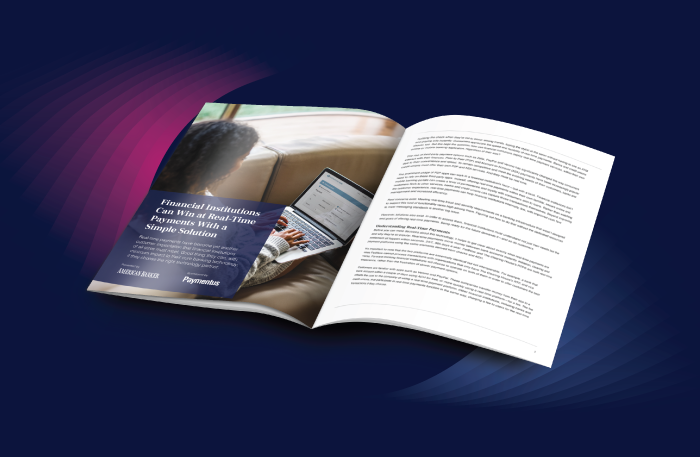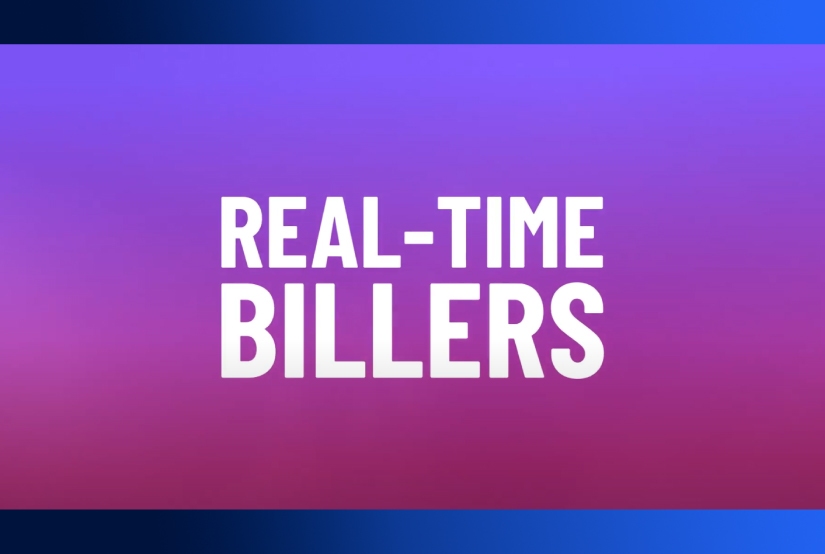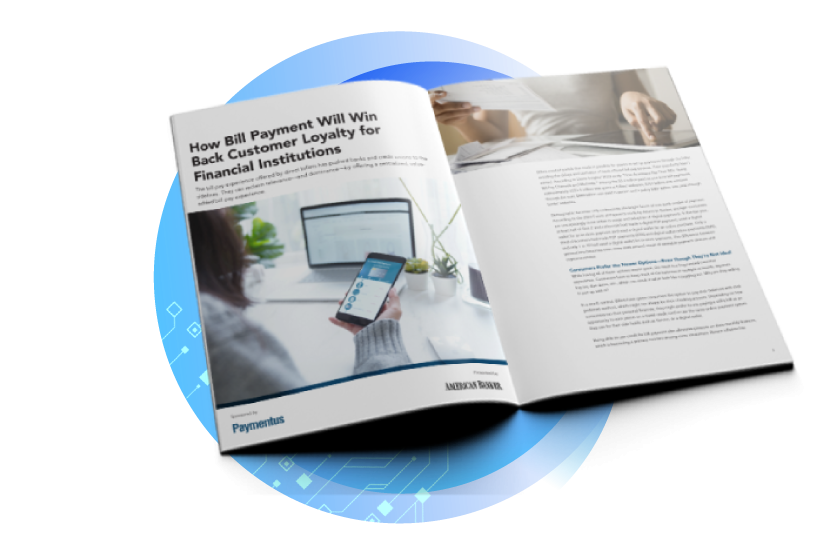Why Bill Pay is the Ultimate Digital Banking Hook
In this day and age, virtually every bank offers a digital banking experience. At this point “digital banking” should just be called “banking” — much in the same way that for most people “online shopping” is just “shopping.” In fact, digital banking has become so ubiquitous that the experience is pretty much the same no matter where you bank. You can check balances, transfer funds, pay bills; even mobile check deposits are table stakes at this point.
The fact that all of this is so commonplace is great for the consumer, but not so great for the individual financial institutions. With so much competition from fintechs and challenger banks, FIs often find themselves going for broke on commodity products — like rate discounts and attractive first-time offers — in order to differentiate and retain customers.
So, how can FIs possibly compete without cutting into their bottom line? Let’s take a brief look at some recent history.
The extraordinary becomes ordinary
In the past, FIs brought in and retained customers through new products and experiences. Things like debit cards, online bill pay, waiving ATM fees and peer-to-peer payments were huge developments when FIs first introduced them. Over time, however, these offerings morphed into just a list of bullet points in a brochure — not the selling point but a basic checklist for consumers. Today, you can’t win over new customers with mobile check deposits, but you can certainly lose out if you don’t have it.
To hook consumers and create stickiness, FIs need to do more than just ensure their digital banking checks the expected boxes; they need to offer more beneficial experiences. This is where online bill pay reigns supreme as the ultimate digital banking hook.
That’s because bill pay, unlike almost any other banking service, can serve as an essential financial management tool for the end consumer when delivered through a solution geared for that very purpose. This capability gives FIs the power to show consumers that what they offer is not only more convenient, but central to their financial well-being.
It was with this in mind that Langley Federal Credit Union decided to revamp its online bill payment experience with Bill CenterSM, powered by the Instant Payment Network®. For years, the credit union offered its community an online bill pay service — one of many ways it worked hard to meet its members’ needs. Still, only about a third of its online banking users actually took advantage of it. It’s not that Langley Federal Credit Union’s members didn’t have bills to pay, it’s just that they were paying them directly through their biller sites where they could easily view statements, use their favorite rewards credit card and see their payment post in real time.
In other words, Langley’s members were going where bill payments were easiest, and they could gain real-time payment assurance. Now, consider what it would mean for Langley to have these payments coming back to their credit union. It’s no wonder that Kevin Farnsworth, vice president of digital channels at Langley FCU, says “bill pay has to be very high” on the list of stickiest features. “They’re not going to leave your online banking,” he recently told American Banker, “which means they’re not going to leave your financial institution.”
Creating loyal customers through Bill CenterSM
Why is bill pay so sticky? The simple answer is that it’s a necessity: everyone has to pay bills. The average American pays between 10 to 12 bills a month, and according to a November 2021 report from Aite-Novarica, they’re increasingly making those payments directly through biller websites. This is often because direct billers offer real-time payment capabilities such as instant confirmations, multiple payment options including credit and debit cards, and robust payment history data. On paper, it’s a superior one-off experience compared to traditional bank bill pay. In practice, however, it can be a pain to have to navigate to a dozen or so different websites to stay on top of bills.
The inconvenience of this disjointed bill pay process was spelled out in a September 2020 Aite-Novarica study that found that three out of four consumers want a centralized payment experience. Fulfilling this demand is a solution that delivers a direct bill pay experience through a centralized online banking experience: Bill CenterSM.
Bill CenterSM offers a holistic view of a customer’s financial obligations: bills, loans and subscriptions are all collected into a single, comprehensive and intuitive dashboard. This offers an unprecedented view of their financial lives, making it easier than ever to control and manage their monthly expenses.
Customers can now see all of their bills coming due in one place, pay eligible billers and receive payment confirmations and notifications in real time. And the flexible payment options means that consumers can use Bill CenterSM for a variety of applications, such as paying a babysitter or landscaper via P2P, or using the Instant Payment Network® to instantly move money and keep various accounts funded as needed.
The end result is an experience that offers greater financial transparency and control, and helps people better manage their financial health. The FIs who jump on transforming their bill payment experience now will be the ones to accelerate customer acquisition and create loyal customers.
In the long term, the stickiness that Bill CenterSM offers only leads to further revenue opportunities. More customers paying bills through your online banking service means you now have a wealth of data to better understand their needs. “You can use it to understand consumers’ payments and behavior to cross-sell other services more relevant to them or use it to act as a proxy to the credit bureaus,” said Marcell King, Chief Innovation Officer, Paymentus Banking & Fintech. “If you know their bills and due dates, you can see what their financial health looks like.”
With that data, you can start to personalize the banking experience for each customer. That means sending them the right offer for a loan or credit card at the right time, and eventually transforming the relationship with your customers from one of providing a list of services into a becoming true ally for their financial health. Everyone has bills to pay, so it only makes sense to start there to hook consumers back into banking.



